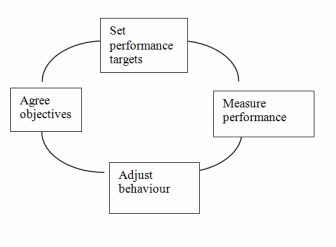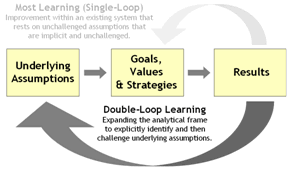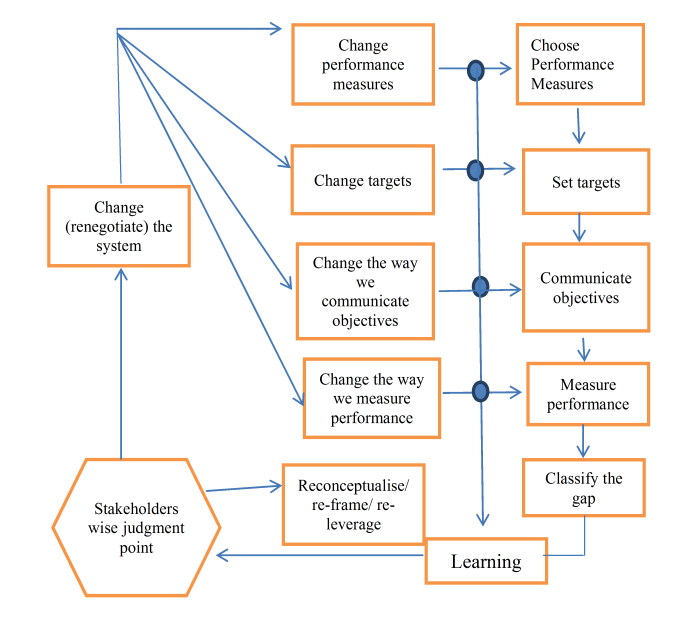Jenny Stewart and Hussein Abbass
What do we do when we create a public policy? One way of thinking about this issue is to say that when we create a public policy, we are creating a type of system – that is, a set of organisational linkages through which we hope to effect desired or desirable changes in the world.
When we talk about ‘the education system’ or ‘the health system’ we reflect this way of thinking in an obvious way. In a less obvious way, regulatory policies can be regarded as organisational systems directed towards the provision of control.
If it makes sense to see public policies as attempts to create or to modify systems, it follows that we need good ways of conceptualising these systems, for the purposes of running them better.
In terms of practice, one of the main ways we can do this is by measuring the impacts of our systems, and adjusting them so as to produce better results. This is the kind of thinking behind performance measurement and management.
Unfortunately, when we attempt to operate a performance management system in a policy setting, under conditions of uncertainty or rapid change, we may easily be caught out. We may be measuring the wrong things, with the result that we massively distort patterns of effort, to no good effect. Or we may be measuring the right things, but they are too removed from what we can realistically affect, to be meaningful. Or we may misunderstand the full extent of the problem. The chequered history of performance measurement and management reflects the extent of these issues.
How, then, do we combine the advantages of control, with those of flexibility? One approach is to supplement conventional performance measurement and management, with forms of policy and organisational learning.
Let’s see how this might work. Figure 1 shows the conventional performance measurement and management system. The idea here is that, through measuring our performance against agreed targets, we learn how better to approach those targets. (This is the single-loop learning that is discussed at length in the literature).

Double-loop learning is more complex – this is indicated in the next figure (figure 2). Here, participants question the assumptions that underpin the ‘mental map’ of the way in which their organisation (or system) works. As developed and practised by Argyris and Schon (both separately and together), this can be a powerful way of developing or redeveloping organisations (Argyris and Schon 1996). While the model does not posit actual arenas for action, there is space both for meeting the targets, and for questioning and reformulating them.

Source: http://healeylibrary.wikispaces.com/College+of+Management+Honors+Program
These ideas have strong relevance for policy-makers, but here, even when the objectives are known and agreed upon, there is often (even usually) no obvious way for ‘getting there from here’.
Does this mean we simply abandon the idea of performance? Or can we make performance itself part of a learning system? How much of performance should be negotiated with those who are part of the system that will be generating the results?
Let us look again at figure 1. The problem is not so much the ‘what’ as the ‘who’. Double-loop learning (especially if implemented at many levels in an organisation) opens up spaces for people to engage in reflective practice. Indeed, this was one of the main features of the actual practice of the approach.
Figure 3 suggests a way of combining the ‘strong’ aspects of performance measurement and management (that is, we combine goal-setting with a determination to measure how well or badly we are doing), with a greater degree of flexibility. The model provides for a substantial degree of leeway (negotiation) in determining indicators, targets and in negotiating and communicating objectives. In other words, what we will measure, how we measure it, and how it will be communicated are themselves changeable (and negotiable). The two parallel learning loops in the right hand side of the diagram represent these possibilities. Renegotiating performance measures has powerful implications.

But the model goes further. Re-thinking performance in this learning-oriented way allows for the possibility that the way we conceptualise the system we are trying to manage, may itself need to change. We may (for example) need to re-frame our approach to the problem (as implied by double-loop learning models). Or we may need to explore the possibilities of change (re-leverage) in a quite different system (for example, the best way to reduce youth unemployment, may be to address truanting problems in school).
We do not know these issues when we start out, which is where the wise judgement point comes in. As the system runs ‘in the real world’, we must enter wise judgment points where we decide whether to continue the system as it is, to reframe our thinking, or leverage change in a different system.
The question arises, of course, as to whose ‘wise judgment’ we mean. Without the involvement of stakeholders, the learning model simply reinforces the power of control.Those at the top will still want to measure and to manage. If they are doing so in isolation from those who are implementing, or are responding in short-term ways, when longer-term thinking is needed, the model has not helped at all. Arbitrarily changing performance measures may be worse than having none at all.
Argyris, C. and Schön, D. (1996) Organizational learning II: Theory, method and practice, Reading, Mass: Addison Wesley.
